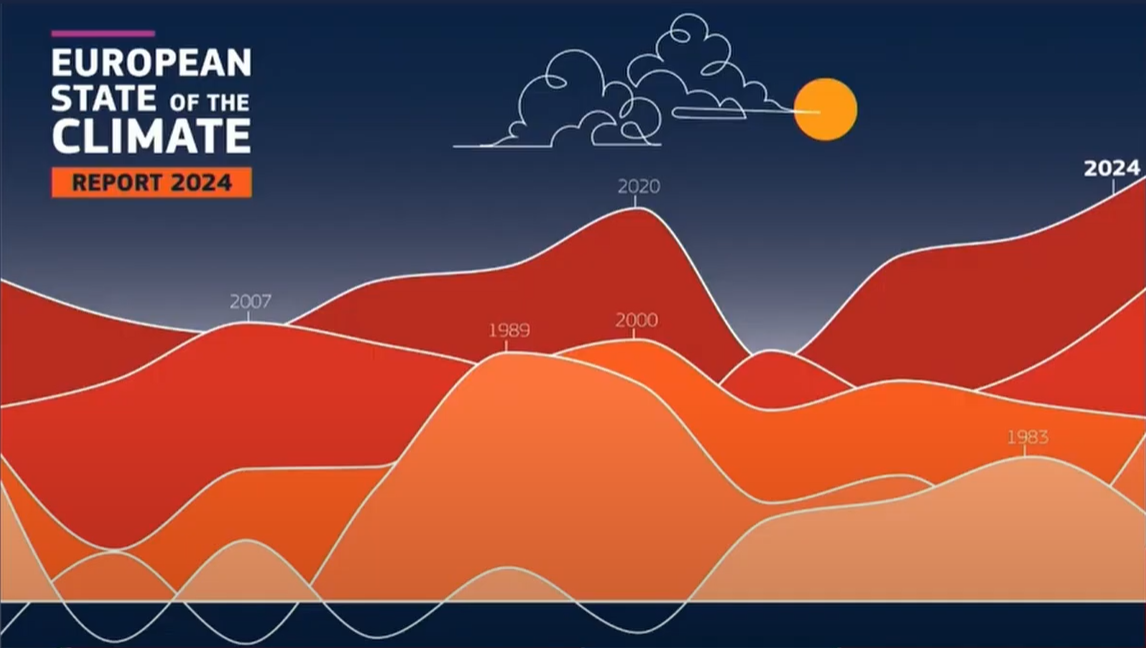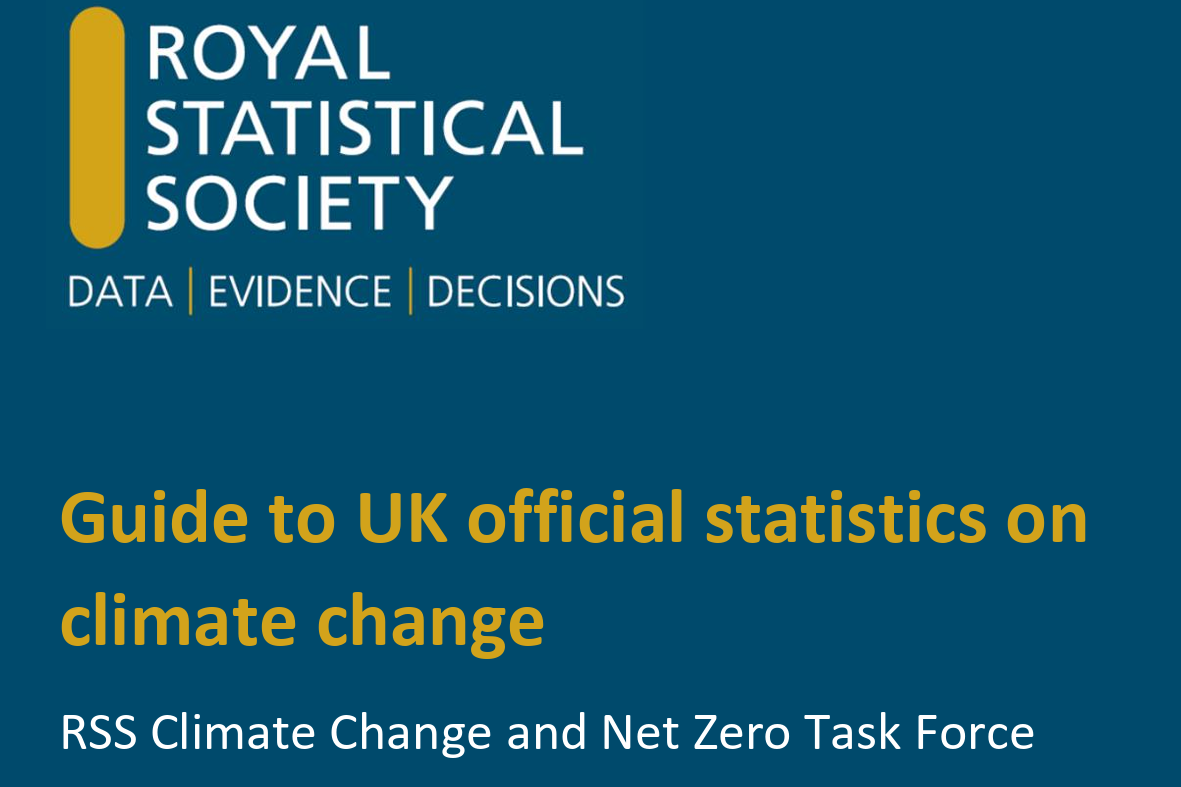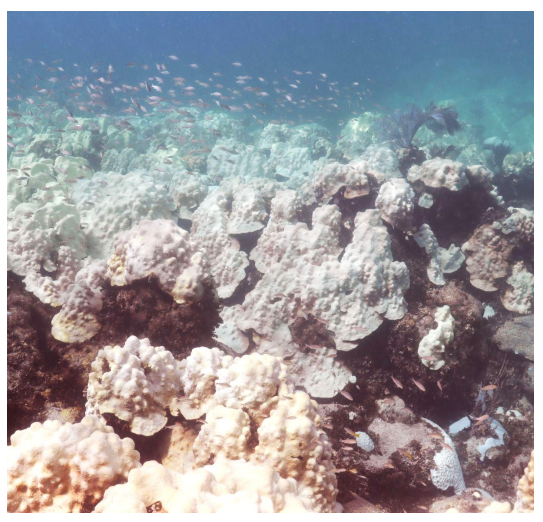

Coral bleaching in the Caribbean
The summer of 2023 was hot – the hottest on record globally according to Copernicus, the European Union’s Climate Change Service. Records were broken across nearly every continent in the northern hemisphere this summer. However, heat records were not just broken on land, but also in the ocean.
Average sea surface temperatures for June 2023 across the North Atlantic were the warmest on record for the time of year by a very large margin, at 0.91°C above average. The very next month, the average global ocean surface temperature hit 20.96 °C at the end of July, beating the previous record of 20.95°C set in 2016.
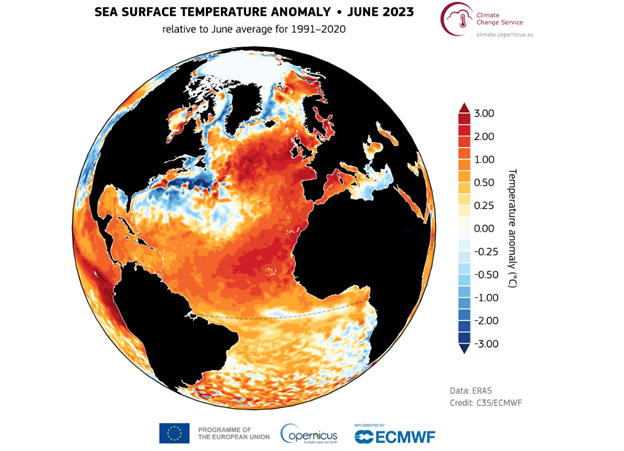
© Copernicus Climate Change Service/ECMWF
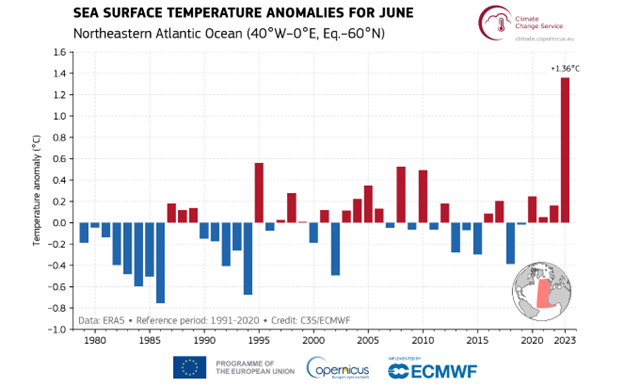
© Copernicus Climate Change Service/ECMWF
That record heat caused stress on coral reefs across the Gulf of Mexico, northern Atlantic Ocean, and the Caribbean Sea, as well as the eastern Pacific Ocean. The extreme heat stress triggered a large-scale coral bleaching event impacting nearly a dozen countries.
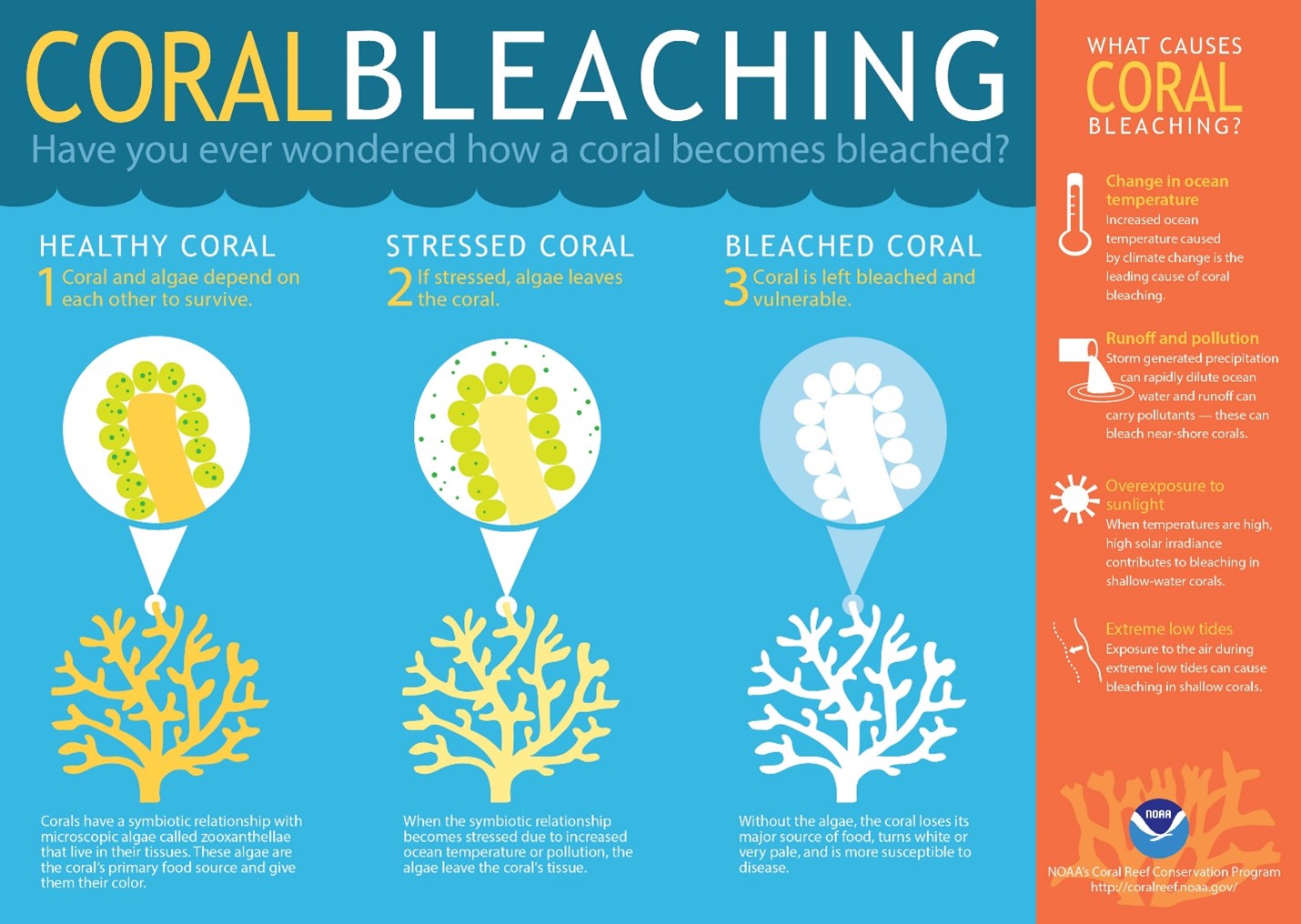
Coral bleaching is one of the most obvious visual signs of climate change in the marine environment because corals are very sensitive to environmental changes. As the Earth continues to warm, the impacts from climate change put coral reefs on the front lines, which could have dangerous repercussions both ecologically and economically.
Florida's coral in particular had never been exposed to this magnitude of heat stress, according to scientists at NOAA's global climate conference held in August 2023, who referred to it as an “unprecedented bleaching-level heat stress event” impacting all of Florida’s Coral Reef.
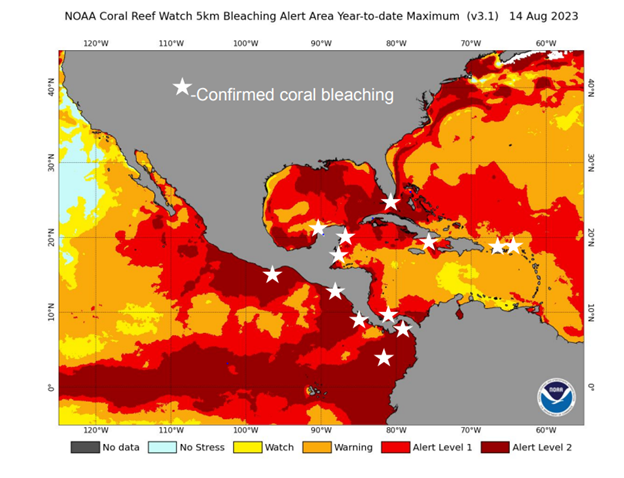
There are both short term and long-term ramifications from such a significant bleaching event.
"Corals can recover from bleaching if the heat stress subsides, but the corals that are able to recover frequently have impaired growth and reproduction and are susceptible to disease for two to four years after recovery," says Derek Manzello, NOAA Coral Reef Watch Program Coordinator.
Manzello cautions that the 2023 coral heat stress event was not only higher than ever before, but also earlier than ever before, and for longer in duration than ever before. This is significant because the impact to corals is a function of how high the heat stress is and how long it lasts. “We need to bear in mind that there have already been eight mass coral bleaching events that have impacted the Florida Keys since 1987," Manzello adds. The 2023 "bleaching event started a full five to six weeks earlier than the previous eight mass bleaching events".
For more than 20 years, NOAA Coral Reef Watch has provided the only global early-warning system of coral reef ecosystem environmental changes. Prior to 2023, southeastern Florida had never before reached Alert Level 2 conditions. Bleaching Alert Level 1 means there is significant bleaching likely, whereas bleaching Alert Level 2 means severe bleaching and significant mortality is likely.
Pretty much every coral in Florida experienced Alert Level 2 conditions at some point during summer 2023. Many coral reef sites in the Florida Keys experienced accumulated heat stress that was two times greater than when mortality would be expected to begin.
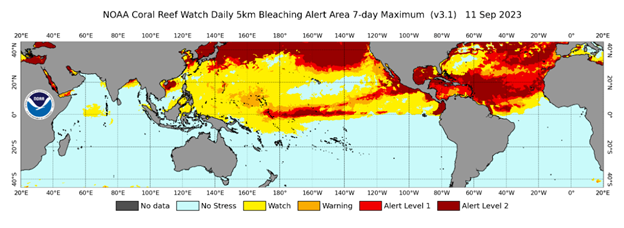
It is the prolonged nature of the heat during summer 2023, and the fact that it began so early in the season that has most scientists worried, especially if the excessive heat continues into September.
"If the heat stress does not subside, the coral will die. Mortality becomes likely if the corals experience sea temperatures 1°C greater than the historical maximum monthly average for two months, or 2°C greater than the maximum monthly average for one month,” Manzello notes. “Also, if there is a temperature deviation of say 3°C, then the corals would be expected to start experiencing mortality in less than three weeks."
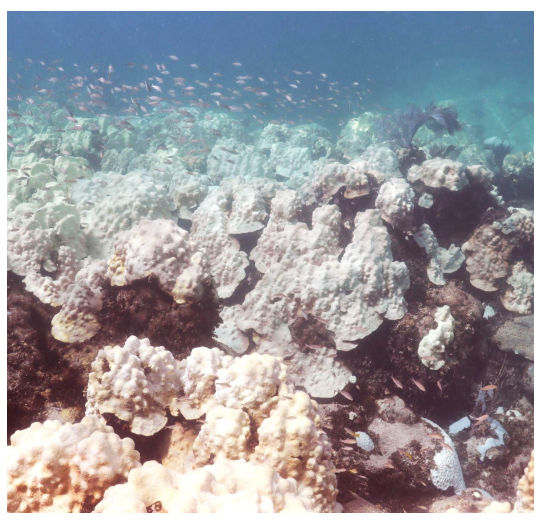
© NOAA
“This is not what a reef is supposed to look like,” said Ian Enochs, research ecologist for the NOAA Atlantic Oceanographic and Meteorological Laboratory, referencing the photo above. “We reached a peak of roughly 93 degrees Fahrenheit (33.8°C), which is well in excess of what corals are normally able to deal with.”
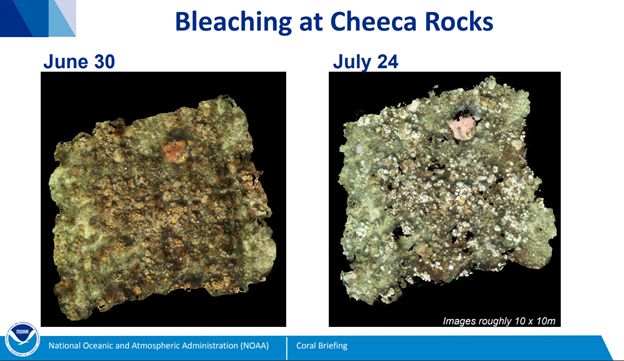
Unfortunately, Florida and the Gulf of Mexico are just the tip of the iceberg. The heat stress event is spanning thousands of miles, affecting many other locations in the Caribbean and eastern Pacific Ocean.
For instance, the eastern Pacific part of Panama is experiencing very extreme heat stress, that it's never experienced before. Manzello says it is also a problem along the Yucatan Peninsula in Mexico, particularly on the western side of the Yucatan. These areas started seeing coral mortality much earlier than usual and that much of the coral experienced rapid tissue loss. "What this means is they got hit by such an acute heat shock that they skipped bleaching altogether, and their tissue just flops off and they die.”
In August 2023, Manzello spoke with members of the global Quality Monitoring Network for the eastern tropical Pacific regarding very interesting phenomenon that they were seeing on these reefs off Mexico.
“Not only are the corals severely bleached, but they're also seeing other ecosystem impacts from the heat stress,” Manzello said. “There are certain species of sea stars that have totally disappeared from injuries, so, we need to also consider the fact that corals are not the only organisms that are suffering as a result of this heat.”
Manzello also warns that not only could losing the live coral potentially mean losing other associated species on the reef, but it also has implications for humans.
"The coral reefs provide very important coastal breakwater protection from things like storms and sea level rise, but as coral starts degrading and the reefs start becoming flattened over time, their ability to provide this coastal protection will decline. This will result in increased damage and flooding from things like tropical storms and hurricanes.”
This could directly impact the communities in the Gulf of Mexico and the Caribbean Sea. "Unless we have significant changes in weather patterns and development of tropical storms and hurricanes, we are now marching towards a Caribbean-wide heat stress event," Manzello said.
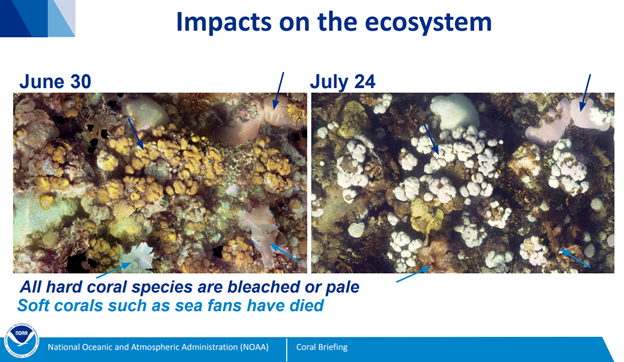
Hurricanes both help and hurt
Tropical systems assist with dissipating and redistributing the heat in the oceans and can allow for a significant cooling of the coral reef environment.
Take Hurricane Idalia for example, which moved through the eastern Gulf of Mexico at the end of August 2023.
“Hurricane Idalia caused strong cooling of the entirety of Florida’s Coral Reef and pushed temperatures below the bleaching threshold for the first time since late June/early July,” Manzello explains. “The storm effectively cooled sea surface temperatures around the Florida Keys by 1.7°F (0.94°C).”
For the corals that have survived this year’s heat stress event, they can now begin their journey of recovery, unless temperatures begin to rise again. But we’ve seen this very scenario happen before, and it doesn’t always mean the risk is over.
“Now is a crucial time for these corals because during the Caribbean-wide bleaching of 2005, most of the coral mortality in the US Virgin Islands occurred due to a disease outbreak in the months after the heat subsided,” Manzello said. “Approximately 50% of the live coral cover died in the US Virgin Islands due to this subsequent, bleaching-driven outbreak of coral disease.”
“Coral reefs in Florida and around the world are vitally important to human and natural community,” Steve Miller, Assistant Administrator for NOAA Oceanic and Atmospheric Research, said. “Coral reefs provide nurseries for valuable fisheries that feed millions and provide jobs to those in our coastal community. They're important to the cultural heritage communities on our coasts, and they protect coastal areas by reducing the power of waves hitting the coast during hurricanes and severe storms.”
About the author
 Allison Chinchar is a meteorologist for CNN International, based in Atlanta.
Allison Chinchar is a meteorologist for CNN International, based in Atlanta.
She has covered everything from hurricanes, blizzards, flooding events, and wildfires, receiving an Emmy nomination for her coverage of Hurricane Dorian that hit the Bahamas in 2019. She also covered the Super Tornado Outbreak of April 2011 when over 350 tornadoes hit the Southeastern United States in just four days, with over 200 of those on April 27th alone. Given her background in environmental science she has also covered volcanoes, earthquakes, and other natural disasters, in addition to climate change stories. Chinchar graduated with a Bachelor of Science degree in Atmospheric Science from The Ohio State University. She is also a member of the American Meteorological Society, the Canadian Meteorological and Oceanographic Society, the National Weather Association, and the International Association of Broadcast Meteorology.

